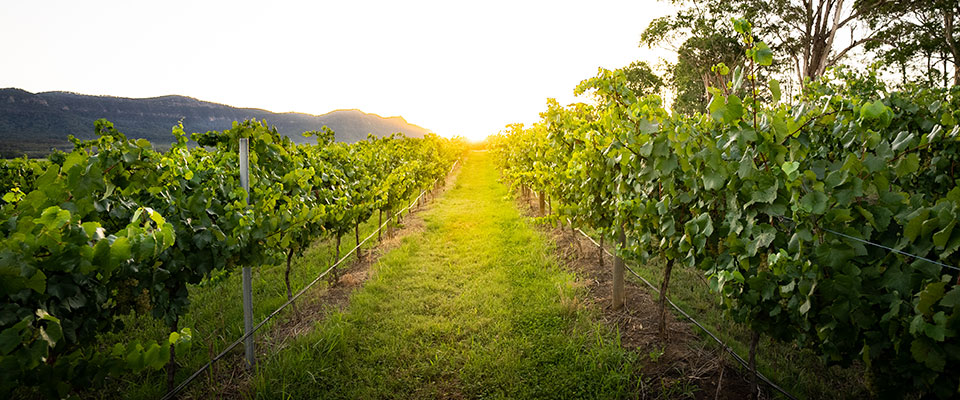How to measure your soil health

What are we doing in our vineyards to improve soil health?
In more recent years, we have been focusing on improving the health of our vineyards here at Scarborough Wine Co. As part of that process, we have recently been accepted to participate in the National EcoVineyards program. The objectives of this program is to support actions in and around vineyards to enhance soil health and increase functional bio-diversity.
EcoVineyards uses many different approaches based on science and evidence-based learning, which brings together both peer-reviewed research in an interactive way to encourage on-the-ground learning, so insights can be shared in real-time.
The EcoVineyards model has been adapted for local winegrowing areas and aims to lift the soil health and biodiversity of all wine-growing regions across Australia. One of the most important indicators for a healthy vineyard is soil health, which can be managed in various ways.
What can you do to measure your soil health?
One way to do this is to measure soil microorganisms. While this may sound complicated, all you need to do is to be prepared to get your hands a little dirty.
The 100% organic cotton bag that your personalised 2021 Yellow Label Chardonnay will arrive in can be reused but can also be used to help you understand your soil health by looking at your soils microorganisms. Soil microorganisms are too small to see with the human eye but can observed by measuring the amount of decomposition that occurs when cotton strips (or other natural materials) are placed in the topsoil (0 to 15cm). The cotton is used as a food substrate for fungi and bacteria; the more they break down the cotton, the higher the rate of decomposition activity there is in the soil.
So, if you want to try this out at home, all you need to do is cut up your cotton Scarborough bag and place it in the topsoil at various points around your garden. At each site, create a vertical slit in the soil with a flat spade. Then place the cotton strip on the spade and insert the cotton strip into the soil so that the line is flush with the soil surface. Push back the soil to make sure you have good contact with both sides of the cotton strips. Mark each site as you need to find them later.
The time required to see decomposition depends on your location, season, moisture, and soil type. Generally, 3 to 5 weeks in spring is a good guide and starting point. Warm and wet weather will help decompose the cotton faster, while cold and dry conditions will be slower. When enough time has passed, carefully remove the strips (dig them out, don’t pull them as they will tear) and wash them in water to remove all the soil. The strips will have concentrated bacteria and fungi on them, so use gloves, and don’t breathe in close to strips. Compare the amount of decomposition on the strips. It's a fascinating process.
You can also pop your cotton Scarborough bag in your compost or your worm farm if you want to thoughtfully dispose of it.
COME AND EXPERIENCE OUR VINEYARDS FOR YOURSELF
We are proud to be a part of this new EcoVineyards program and look forward to sharing with you all the other ways we are improving our soil health. If this sounds of interest to you, why not book in for our Keepers of the Flame Wine Experience? More than a wine tasting, this immersive experience takes you beyond the wine and behind the scenes into the vineyard.
You will see first-hand our commitment to biodiversity and sustainability and making fabulous Chardonnay.

